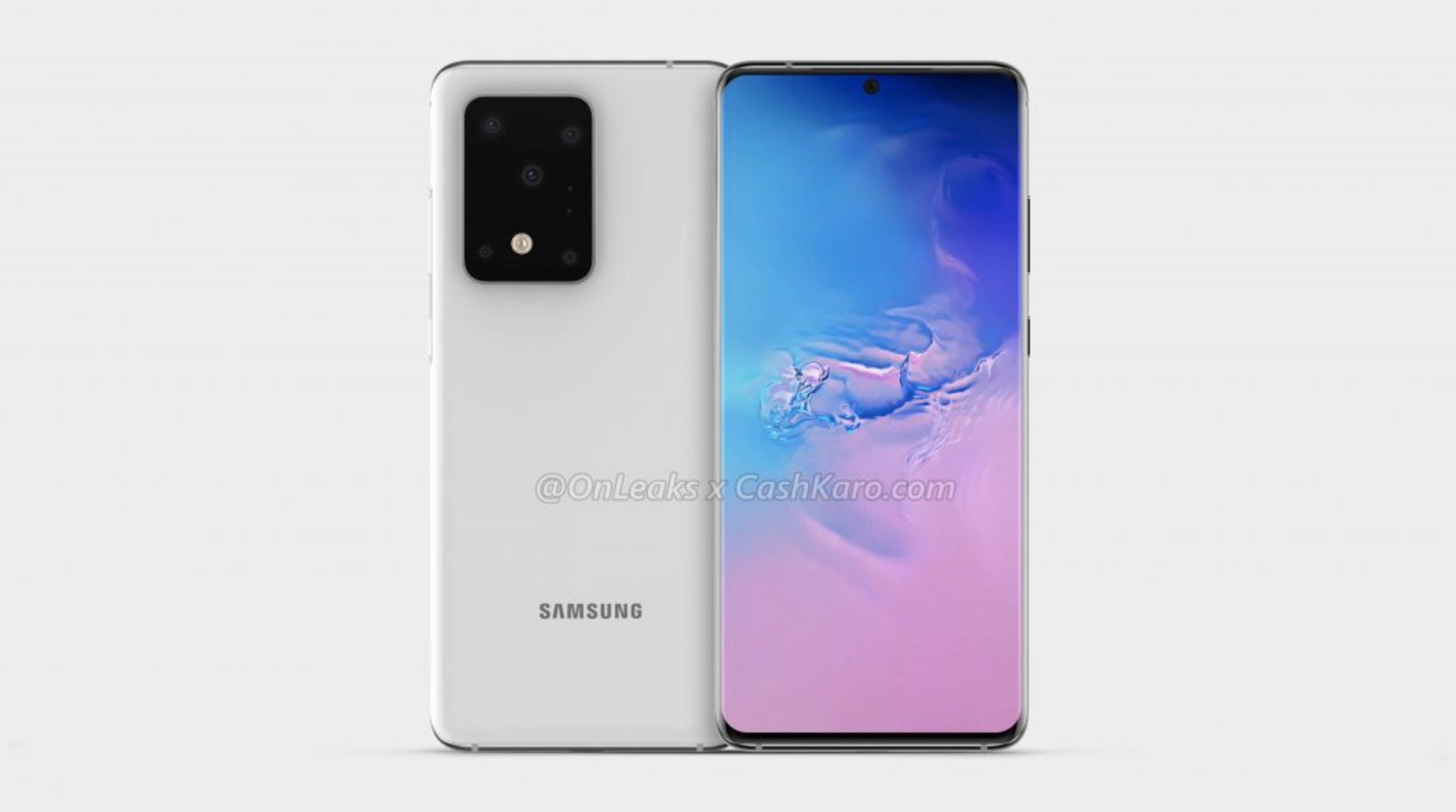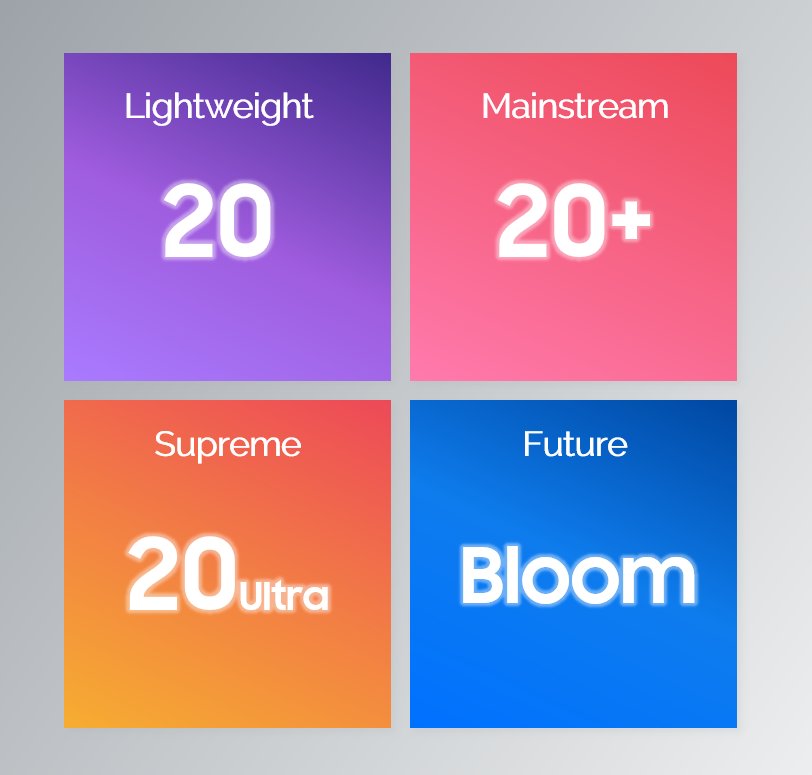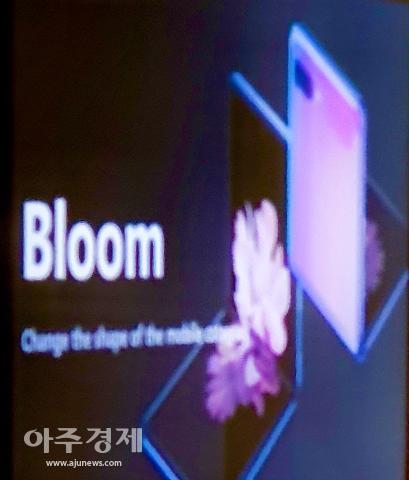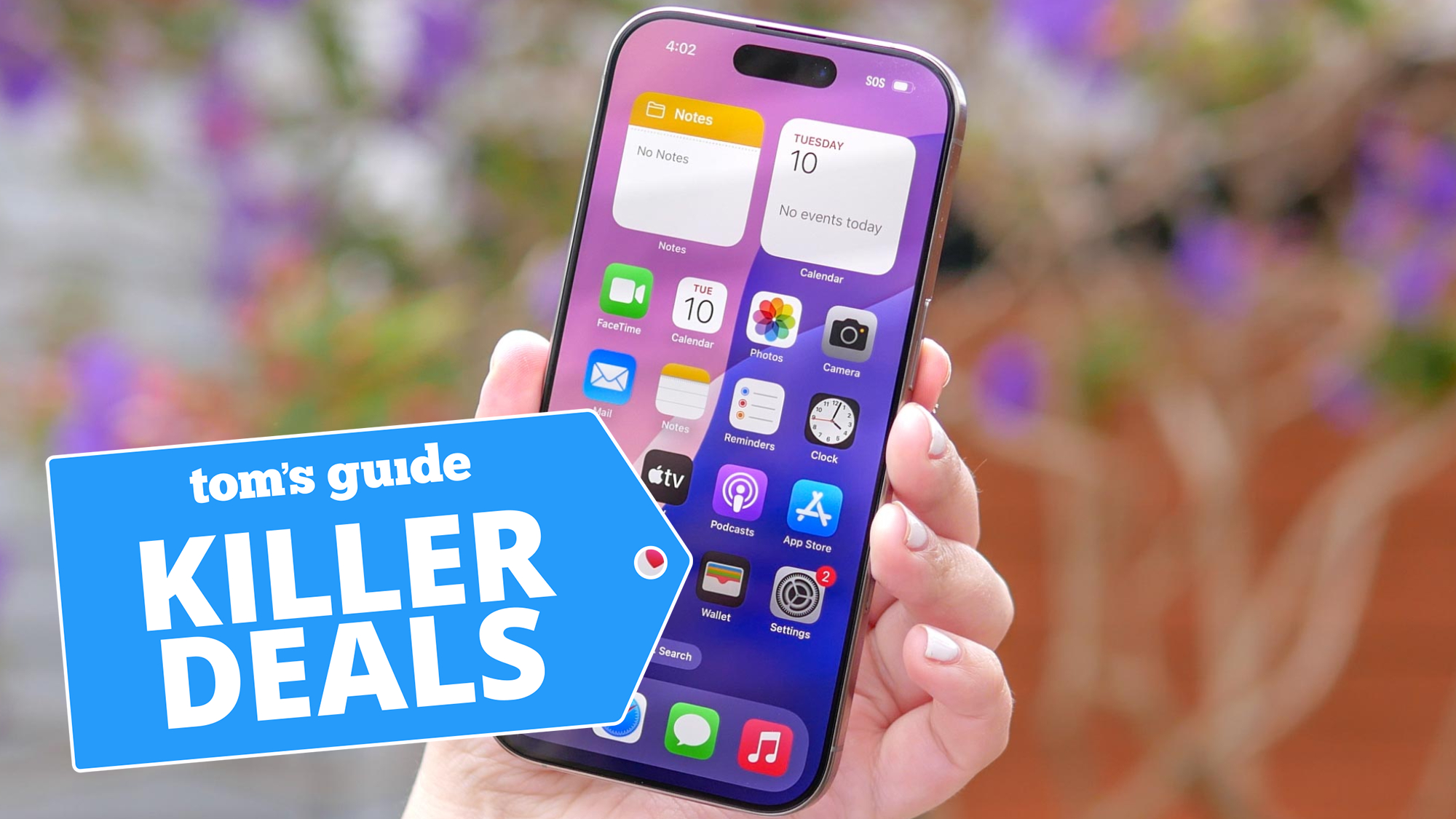Galaxy S20's new name confirmed along with 120Hz displays (report)
Ice Universe confirms displays and names of the new flagship

For a moment, the rumor yesterday was that Samsung was not going to use 120Hz screens on the Galaxy S20 (or Galaxy S11, as its been long rumored to be called). Today, reliable Samsung leaker Ice Universe corrected the record — and confirmed the names of the new line.
“It is confirmed that 2K 120Hz [displays in the S20] will not be cancelled,” Ice Universe said on Twitter. The day before he had posted another tweet — immediately deleted — pointing at the possibility of the Galaxy S11/S20 not using this display technology. In the further tweets, he said it was a misunderstanding.
He also posted this matrix, confirming the names and main characteristic of the new phones:

It seems that there will be again three phones. Instead of the S11, Samung's new flagship series will be called the Galaxy S20. Ice Universe himself says Samsung decided to jump to this name because the new phone is that good and represents “a new beginning.”
Samsung’s CEO Dj Koh has reportedly confirmed the name change in private CES meetings, according to Korean newspaper Ajunews. This also aligns with previous rumors that Samsung was going to switch to a year denomination — the 20 will correspond to 2020 and next year we will allegedly get the S21 and so on.
According to Ice Universe, the phones will allegedly be branded as Galaxy S20, Galaxy S20+ and Galaxy 20 Ultra.
The matrix above seems to indicate that the Galaxy S20 will be “lightweight” — which probably doesn’t only mean a lower weight but lower specs, like the iPhone 11. The Galaxy S20 is “mainstream”, which we can assume is the core S20 — a phone that will likely parallel the iPhone 11 Pro. And finally, the Galaxy S20 Ultra will be the phone with the largest screen and best specs of the pack, like the iPhone 11 Pro Max.
Sign up to get the BEST of Tom's Guide direct to your inbox.
Get instant access to breaking news, the hottest reviews, great deals and helpful tips.

And then, of course, there’s the “Bloom”. This is rumored to be the Razr-like folding Samsung, which will effectively halve the size of the S20 while closed. It’s labeled “Future”, which may indicate that it will be announced but not released until later in the year. Or perhaps this means that Samsung sees foldables as the future of phones, either those that double in size to become tablets or halve in size to be more pocketable.
Power saving concerns
In another tweet, Ice Universe mentions that the technology will allow users worried about power consumption to manually select 60Hz refresh. This addresses the concern of many people who argue that 120Hz will not give many benefits to a majority of users.
A display refreshing at a speed of 120 times per second will consume more power than one refreshing at only 60 times. Furthermore, refreshing at 120Hz will not add anything to the experience unless what is displayed is moving at 120 frames per second (or more than 60 frames per second). This limits the benefits to the actual user interface — which allegedly is super-smooth — and some games capable of delivering that frame rate. There are no video streaming services delivering video at that frame rate (and synthetic video smoothing technology sucks anyway).
That’s why Samsung will allow consumers to choose the refresh speed. “If users want smooth and perfect display, they can choose 2K 120Hz,” he points out, “but manufacturers have no reason to forcibly cancel 2K 120Hz.”
Apparently, Ice Universe is very excited about the new Samsung machines and is looking to February 11. I don’t share the enthusiasm about the S20 — but I certainly can’t wait to see the rumored Galaxy Bloom.
Jesus Diaz founded the new Sploid for Gawker Media after seven years working at Gizmodo, where he helmed the lost-in-a-bar iPhone 4 story and wrote old angry man rants, among other things. He's a creative director, screenwriter, and producer at The Magic Sauce, and currently writes for Fast Company and Tom's Guide.

